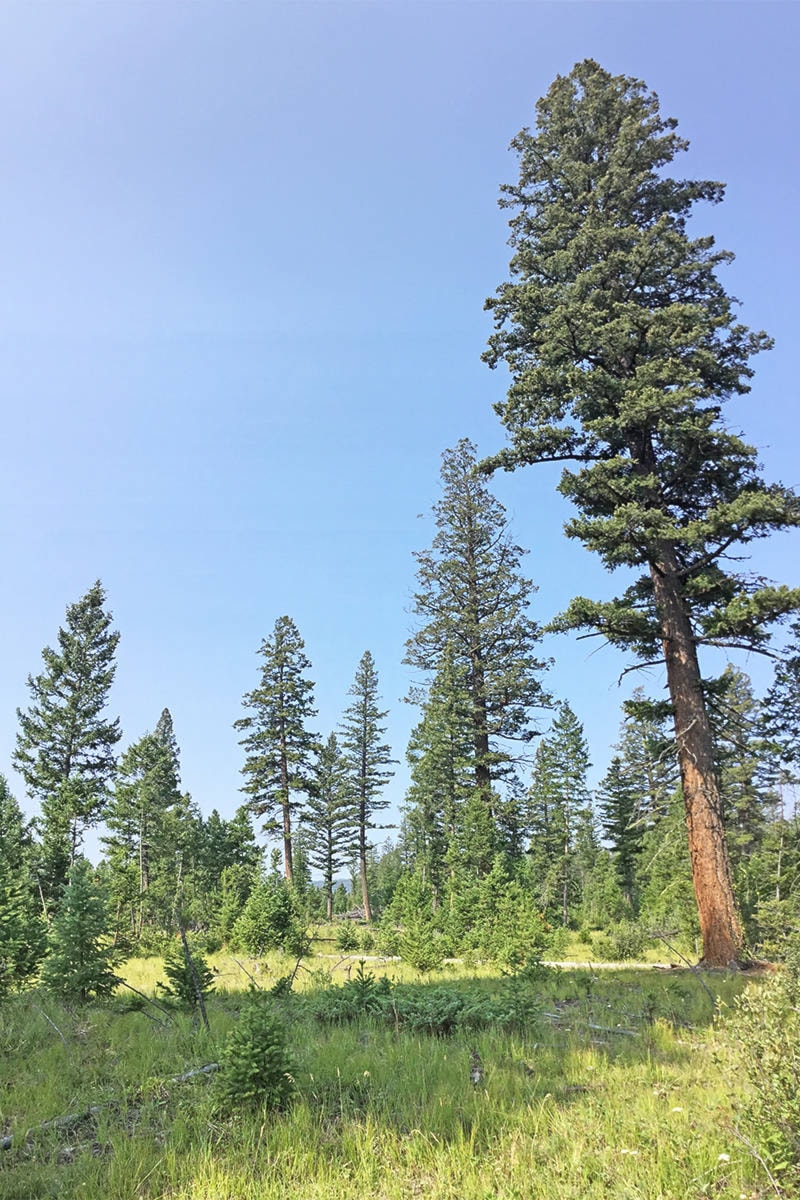Douglas-Fir reforestation in dry Interior forests is meeting legal obligations, ‘just barely,’ said Kevin Kriese, Forest Practices Board chair.
“While the trees are there, they are not healthy enough or showing the kind of vigour that you need for a really healthy forest in the long-term,” Kriese told Black Press Media.
“These trees are not going to make the kind of quality of stands that we want in the next 10 or 20 years and certainly not in the medium or long-term.”
His comments come as the FPB released its latest special investigation report — Reforestation in the Douglas-First Subzone — on Sept. 17.
The investigation was of sites logged between 2007 and 2017 in the Cariboo-Chilcotin — 100 Mile House and Williams Lake — Cascades, Thompson Rivers and Okanagan-Shuswap natural resource districts.
“These are the driest sites in the Interior Douglas-fir (IDF) zone and the toughest to reforest in the first place. It is stinking hot and then get a lot of drought,” Kriese said. “Any trees on these sites needs special care and attention.”
Moisture is a big factor and it’s important not to let the grass overtake the trees because it robs a lot of the moisture, he added.
Read more: Forest Practices Board investigates Woodjam watershed for sediment in streams
With climate change, sites are going to get tougher, Kriese said, noting the report is a good reminder that there are places that might be OK today with reforestation success that are going to get hotter and drier in the future.
The investigation did show in the last five years licencees have been doing a better job of planting species other than pine with more planting of Douglas-fir and other resilient species.
“That’s good because there had been a trend in the 10 to 15 years previously of over-reliance on pine. We were happy to find they are moving to other species,” Kriese said.
Kriese said the Ministry of Forests had given out a lot of guidance, trying to encourage licencees to do things differently.
“To some degree that’s had an impact, but you’ll see it hasn’t gone far enough. All of that guidance has not been taken up and delivered on the ground.”
The IDF covers about five per cent of the province, in the central Interior from the Kootenays through the Thompson-Okanagan and north to the Cariboo.
Kriese said licencees are finding it difficult to declare free growing stands in the dry hot sites.
“They will find out 10 years later, they are struggling to get trees to grow.”
Forestry is an art, he added.
“Every site might be a bit different and our report calls for training foresters so they can learn that art for these difficult sites.”
In the near future, FPB will be hosting a webinar and encouraging foresters to attend.
Kriese said the entire board toured the Williams Lake and 100 Mile House areas the second week of September and were very pleased.
Gord Chipman from Alkali Resource Management showed them a couple of sites where ecosystem restoration work is underway and then the board went out past Riske Creek to look at some reforestation after the fires.
Read more: Fuel treatment in Fox Mountain woodlot a multiprong approach
news@wltribune.com
Like us on Facebook and follow us on Twitter
